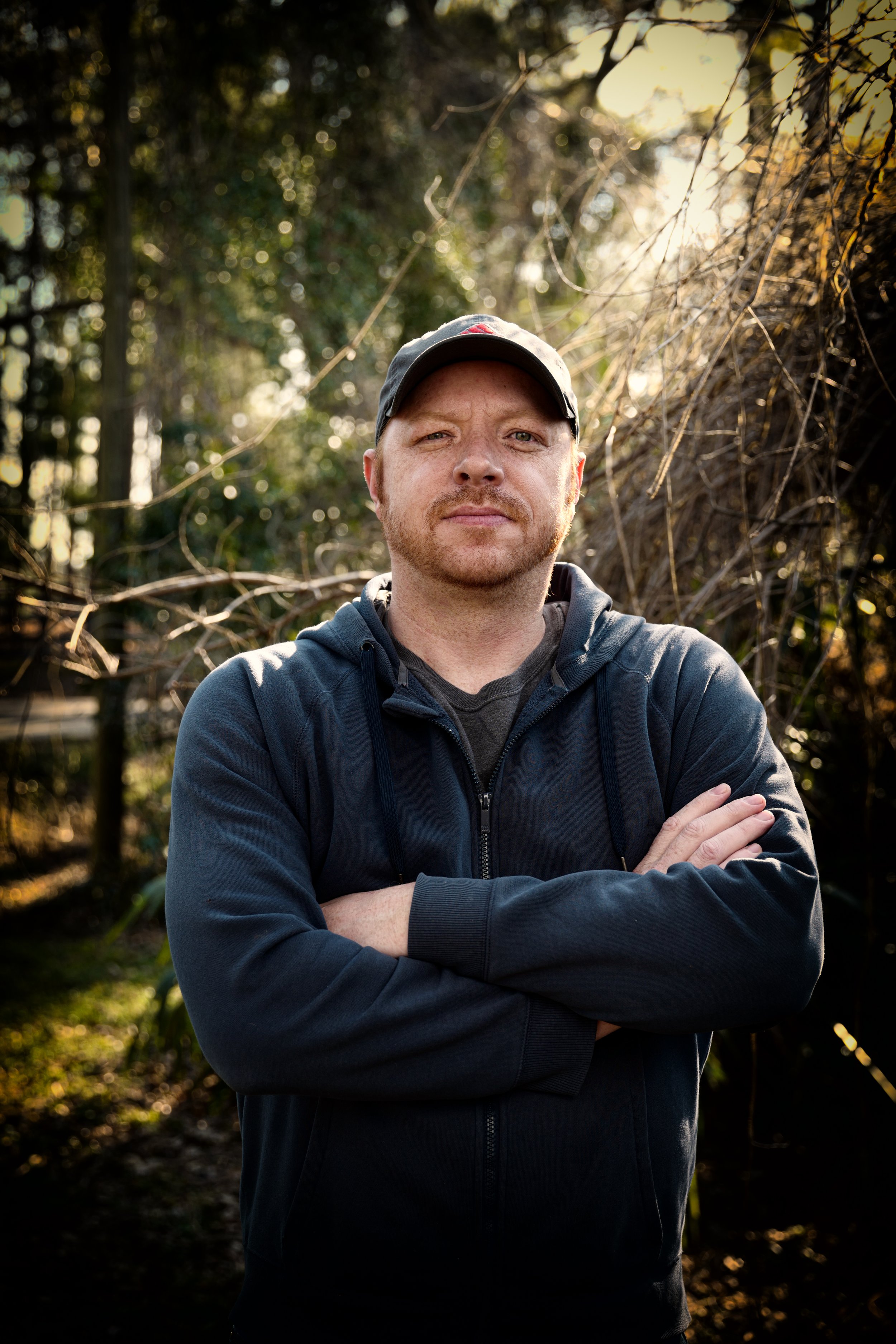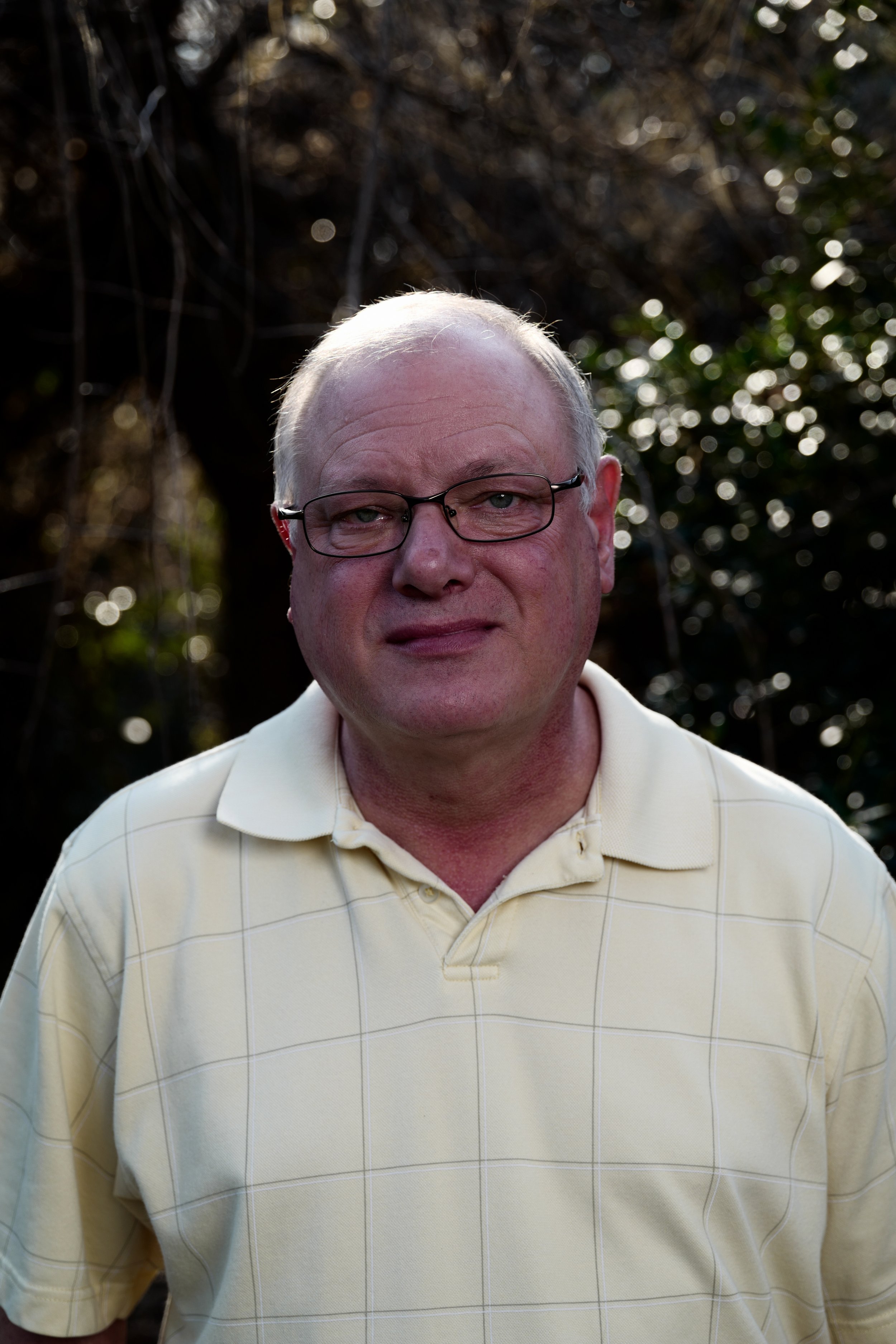Spectrophotometers - Truths
Spectrophotometers - Truths
Blog Article
Uv/vis Fundamentals Explained
Table of ContentsSome Known Incorrect Statements About Circular Dichroism The Only Guide to Circularly Polarized LuminescenceWhat Does Circular Dichroism Do?The Ultimate Guide To SpectrophotometersSome Ideas on Uv/vis/nir You Should Know

Spectrophotometry is a tool that hinges on the quantitative analysis of particles depending on how much light is taken in by colored compounds.
Uv/vis/nir - Questions
A spectrophotometer is typically used for the measurement of transmittance or reflectance of solutions, transparent or opaque solids, such as polished glass, or gases. Although many biochemicals are colored, as in, they take in visible light and therefore can be measured by colorimetric procedures, even colorless biochemicals can frequently be transformed to colored substances ideal for chromogenic color-forming responses to yield substances ideal for colorimetric analysis.: 65 However, they can also be designed to measure the diffusivity on any of the noted light varieties that normally cover around 2002500 nm utilizing different controls and calibrations.
An example of an experiment in which spectrophotometry is used is the determination of the equilibrium constant of a solution. A certain chain reaction within an option might happen in a forward and reverse direction, where reactants form products and items break down into reactants. At some point, this chain reaction will reach a point of balance called an equilibrium point.
The Ultimate Guide To Circular Dichroism
The amount of light that passes through the solution is indicative of the concentration of particular chemicals that do not enable light to go through. The absorption of light is due to the interaction of light with the electronic and vibrational modes of particles. Each kind of particle has a specific set of energy levels connected with the makeup of its chemical bonds and nuclei and thus will soak up light of specific wavelengths, or energies, resulting in special spectral residential or commercial properties.
They are extensively utilized in many markets consisting of semiconductors, laser and optical manufacturing, printing and forensic evaluation, as well as in labs for the research study of chemical substances. Spectrophotometry is frequently utilized in measurements of enzyme activities, determinations of protein concentrations, determinations of enzymatic kinetic constants, and measurements of ligand binding reactions.: 65 Eventually, a spectrophotometer is able to figure out, depending on the control or calibration, what substances are present in a target and exactly how much through computations of observed wavelengths.
This would come as an option to the formerly developed spectrophotometers which were unable to absorb the ultraviolet correctly.
What Does Circularly Polarized Luminescence Do?
It would be discovered that this did not give satisfying results, for that reason in Design B, there was a shift from a glass to a quartz prism which enabled better absorbance outcomes - circularly polarized luminescence (https://sketchfab.com/olisclarity1). From there, Model C was born with a modification to the wavelength resolution which ended up having 3 systems of it produced
It irradiates the sample with polychromatic light which the sample absorbs depending upon its homes. It is sent back by grating the photodiode array which discovers the wavelength region of the spectrum. Because then, the creation and execution of spectrophotometry devices has increased tremendously and has become one of the most ingenious instruments of our time.

The Of Uv/vis/nir
Historically, spectrophotometers use a monochromator containing a diffraction grating to produce the analytical spectrum. The grating can either be movable or repaired. If a single detector, such as a photomultiplier tube or photodiode is utilized, the grating can be scanned step-by-step (scanning spectrophotometer) so that the detector can measure the light strength at each wavelength (which will represent each "step").
In such systems, the grating is fixed and the intensity of each click for more info wavelength of light is measured by a different detector in the selection. In addition, most contemporary mid-infrared spectrophotometers utilize a Fourier transform strategy to acquire the spectral details - https://www.startus.cc/company/olis-clarity. This technique is called Fourier change infrared spectroscopy. When making transmission measurements, the spectrophotometer quantitatively compares the fraction of light that passes through a recommendation solution and a test solution, then electronically compares the intensities of the two signals and computes the percentage of transmission of the sample compared to the referral requirement.

Report this page